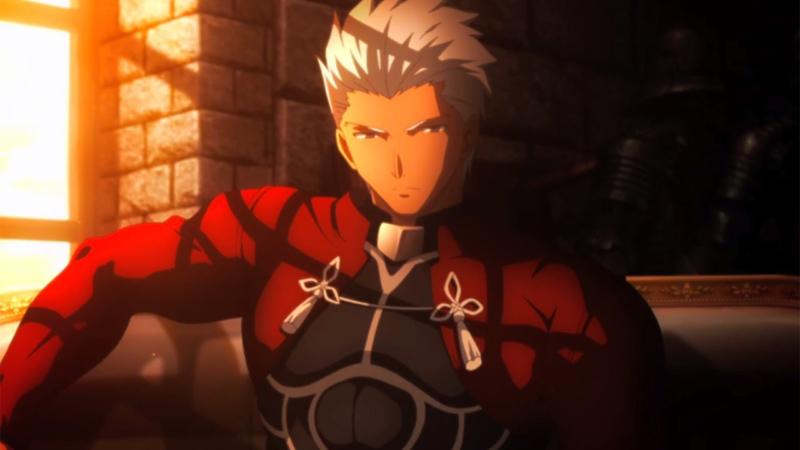 Sex is one of the most powerful and controversial words in the United States. People blush and giggle. People wince. It is a taboo subject that sells everything from cars to doilies. Sex is a sin, and it is an obsession in American society. All of this influences how sex is perceived by American manga and anime fans. Japanese aesthetics, sexuality, and gender ideas may seem unnatural to us with our “universal” concepts of sexuality and gender (Comog, 2005). However, our views of sexuality and gender are far from universal. They come from our culture. Anime and manga provides a safe way to explore different sexual perspectives. As you can tell, this discussion isn’t safe for work.
Sex is one of the most powerful and controversial words in the United States. People blush and giggle. People wince. It is a taboo subject that sells everything from cars to doilies. Sex is a sin, and it is an obsession in American society. All of this influences how sex is perceived by American manga and anime fans. Japanese aesthetics, sexuality, and gender ideas may seem unnatural to us with our “universal” concepts of sexuality and gender (Comog, 2005). However, our views of sexuality and gender are far from universal. They come from our culture. Anime and manga provides a safe way to explore different sexual perspectives. As you can tell, this discussion isn’t safe for work.
American culture associates sexuality with identity. Traditional Japanese society doesn’t wrap identity and sexuality in the same way. Manga and anime inherited this tradition. For example, in traditional Japanese culture men could have homosexual interests. However, this didn’t override their duty to have a wife and raise a family. Homosexuality was just a small part of who they were instead of being one of the defining pillars of their identity. See this article for references and more information. In the United States, sexuality is a defining part of a person’s identity. Anime and manga explore different sexual ideas because it is only a small part of a character’s identity. Sailor Moon, for an example, contains lesbians, transgender characters (female to male), and cross-dressing characters. However, the story doesn’t play up these proclivities as defining identity markers. They are just a part of the character’s overall personality. This ties back to tradition. Homosexuality was a small part of being a samurai. Likewise, transgender and cross-dressing played a part in kabuki. Kabuki began as an all-female production–women would dress as men–until the Tokugawa government stepped in. The government stipulated kabuki had to be all-male because it was “safer for the viewers and the performers alike.” This meant males would play female roles. Many of these men became sex symbols for samurai men with their blurred homosexual and heterosexual interests (Darlington, 2010). The gender-bending stories we see in manga trace to this tradition.
While Japan doesn’t make sexuality the defining part of a person’s character, it is a factor. It put it simply, Japanese tradition views sex as a part of normal life (Comog, 2005).
Japanese Obscenity Laws and Censorship
Tradition has limits, however. As Japan westernized, it adopted some of the West’s ideas of obscenity. Article 175 of the Criminal Code makes the sale and distribution of obscene material a criminal act. Yet, Japan has a constitutional provision for the freedom of expression. This creates similar tension to what we see in the United States. On one hand, you have the desire for uncensored expression of ideas and views. On the other hand, you have the desire to not see material you consider damaging or offensive.
Japan also has a constitutional principle of public welfare, which includes sexuality morality, as defined by the Supreme Court in two cases from 1957 and 1969. The cases defined public welfare as an idea “shared by an average person of good sense, a sense of modesty and shame.” Sex in Japanese culture, though normal, is considered a private affair. This view, coupled with the definition of public welfare meant obscenity became defined by the artistic merit of a work compared to its level of intended sexual stimulation. Basically, if a manga didn’t intend to sexually arouse someone with a beautifully drawn page, it was safe. But if the artwork fully intended to make you horny, it was smut. In other words, the regulation settled on forbidding explicit portrayals of adult genitals and pubic hair. The side effect was the rise of sexual metaphors–tentacles being the most famous. However, throughout the 1990s, the law allowed nonexplicit, nonsexual depictions of adult genitals (Zanghellini, 2009).
Nothing in the law concerns itself with underage nudity. This led to an over-representation of children or child-like characters in manga and anime. Erotic genres used this as a loophole and adapted the kawaii designs of girl’s comics. Many of these stories are essentially child-porn by American standards. The characters may be adults or of legal age, but they certainly don’t look that way.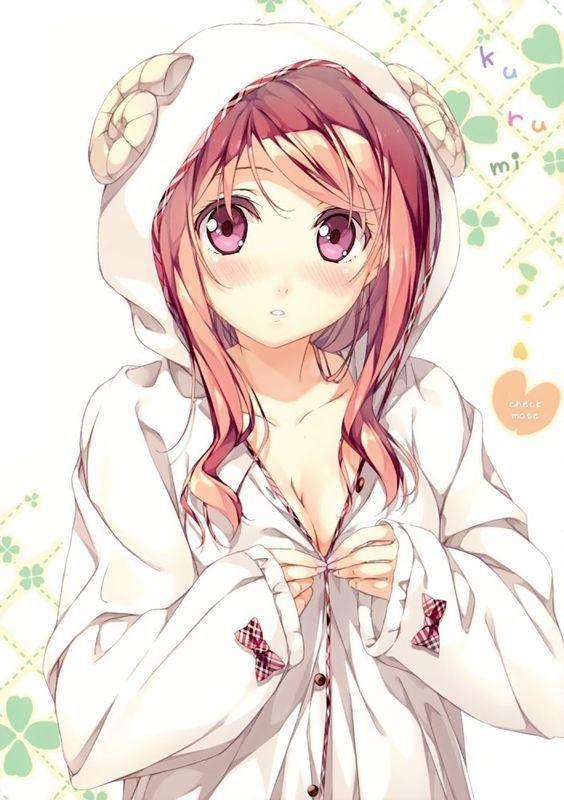
In the 1950s and 1960s, female artists took over the girl’s comic genre from male artists. Their new, cute designs and more diverse storylines introduced an association with beauty and cuteness with morality. Protagonists were beautiful and cute. Villains were not (Zanghellini, 2009). Erotic genres took these designs to circumvent censorship. The side effect was the development of the lolita.
The Tokyo Metropolitan Government passed a law in 2010 that obligated businesses and residents to recognize materials depicting sexual acts of minors as harmful. The regulation stated such materials prevent children from developing a healthy attitude toward sex. Yukari Fujimoto, a professor of girls manga and gender at Meiji University in Tokyo, claims the opposite. She claims the censorship of sexual material hurts children and teens. It bars them from stories that help them cope with their desires and the realities of sex. She claims exposure to sexual material at an early age reduces the chance of committing sexual crimes. She thinks children should gradually learn about sex and censoring manga would prevent this (Fukada, 2010).
The Benefits of Sex in Manga and Anime
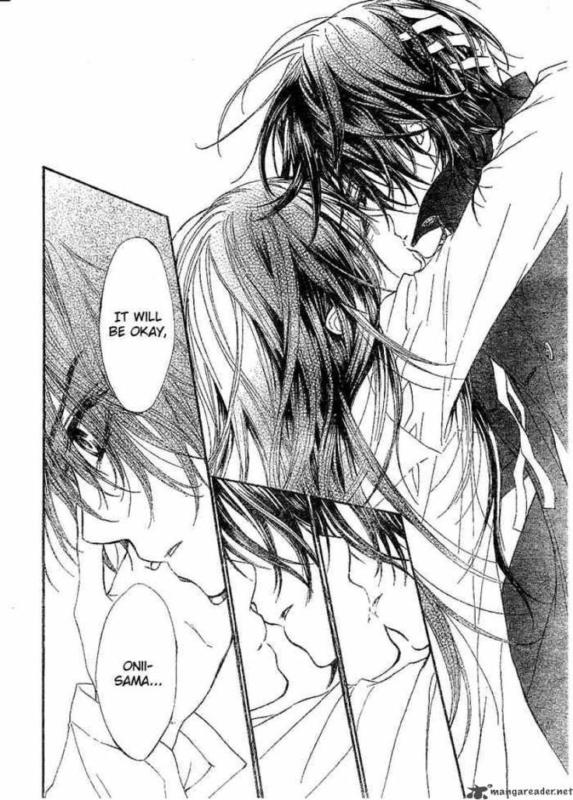 Fujimoto’s argument brings us to the benefits of sexuality as seen in manga and anime. The debates surrounding censorship center on harm. Advocates of censorship desire to control exposure of sexual imagery because they see it as harmful. On the opposite side are those like Fujimoto and those who make profit from the sale of sexual content.
Fujimoto’s argument brings us to the benefits of sexuality as seen in manga and anime. The debates surrounding censorship center on harm. Advocates of censorship desire to control exposure of sexual imagery because they see it as harmful. On the opposite side are those like Fujimoto and those who make profit from the sale of sexual content.
The growth of manga and anime here in the States makes this debate important. From 2002-2004, North American manga sales grew from an estimated $60 million to $135 million. Sales peaked in 2007 at $210 million (Brienza, 2014). Even with sales declining, manga remains an important part of the American social fabric. As a small town librarian, I see steady interest in manga, and I see hesitation. Some libraries have banned manga, anime, and books about manga in the past:
A parent of a 16-year-old son was offended by sex scenes in a history called Manga: Sixty Years of Japanese Comics, by Paul Gravett. Under pressure, the California library pulled the book. The Chair of the Board of Supervisors stated the library must do more to “protect children from inappropriate books and other materials” (Oder, 2006).
Manga still has association with porn because of its different sexual perspective. Outside of hentai, sex in manga differs from American porn. In many cases, manga’s sexuality is “powerful, vivid, and deeply emotional.” Because Japan lacks “the Eurocentric Christian notion of sex as polluting or dangerous, most manga present sex as physically and emotionally desirable for men and especially for women. (Comog, 2005).” American culture feeds men the idea that they need to be dominating and stoic. Sex is something to be enjoyed because it feels good and because it is “manly”. Manga shows how the emotional aspects of sex isn’t just for women. Powerful moments of tenderness and an openness to emotional connection are masculine. They are more masculine than the usual “male” narrative of dominance and control.
Whereas American porn reduces people to their genitals, many manga and anime stories focus on the exchange of emotion between characters. Again, I am leaving hentai out of this. Part of the appeal of porn is its taboo, dangerous nature. What is forbidden by law or religion becomes desirable. Christianity, for that matter, recognizes this in the book of Genesis. Sex in manga teaches the beauty of deep relationships, and how sex can enhance that connection.
In the 1980s, ladies comics targeting 25-30 year olds gained popularity. These comics presented women’s desires and alternative role models for adult women who were most often housewives. Early ladies comics showed sex as positive and women who enjoyed it. They focused on the female point of view which helped women accept the reality of their sexuality. However, the stories featured post-marriage problems and the darker side of sex. Amane Kazumi’s Shelter deals with a mother who is beaten by her husband. After the death of one of their daughters in an accident, the husband’s violence escalates. The wife and her eldest daughter escape to a shelter for battered women. The story follows her recovery and how she regains her confidence and independence (Ogi, 2003).
Manga allows people to explore stories, different sexualities, and different cultural perspectives. Gender-bending stories allow people to escape rigid social roles and imagine what it is like to experience life from the opposite gender’s view. Manga allows readers to explore alternative sexual identities and controversial issues about sex without feeling threatened or exploited.
Yaoi, BL, Yuri, and Dojinshi
Yaoi, BL, Yuri, and dojinshi are unique aspects of manga. Yaoi, BL (Boy’s Love), and yuri began as dojinshi, or self-published comics. Better known as fan-fiction, they became genres in their own right. Each tell alternative relationship stories and provide alternative views of sexuality. Yaoi and BL are written by female artists for female readers. BL focuses on the relationships between bishonen, or beautiful boys. While yaoi features explicit relationships between men. Yaoi is an acronym for the Japanese “Yama nashi, ochi nashi, imi nashi.” – “No build-up, no foreclosure, and no meaning.” It is also a backronym–a deliberately formed acronym that fancifully explains the origins of the acronym: “Yamete! Oshiri ga itai!” — “Stop! My ass hurts!” (Zanghellini, 2009).
Yaoi may feature homosexual relationships, but it isn’t aimed at males. Manga of that type are called bara. Japanese homosexual men dislike yaoi because of its unrealistic relationships (Zanghellini, 2009). When yaoi and BL appeared in the 1970s, it shook the male-dominated world of manga. It appeared just as kawaii designs and women began to take over shojo. Yaoi raised eyebrows with its explicit sexuality. BL flew under the censorship radar of the time because of its underage characters. Bishonen are basically the male version of Lolita.
Because of the gender roles of the time, young women were better able to to imagine idealized strong, independent characters if they are male. Manga like Sailor Moon would later change this, but yaoi and BL remained popular among female readers. Despite its content and initial resistance by male mangaka, yaoi was more acceptable than yuri. Yuri, literally translates to ‘lily’, deals with love between girls, which is a taboo subject. While we know women Japanese history, particularly in the Edo period, had sex and relationships with each other, it is not something discussed. Yaoi fell within accepted samurai practices. The most famous yuri manga, Revolutionary Girl Utena broke ground by placing a female character in the role of a male. Utena doesn’t want to be male. Rather she seeks to embody the virtues male characters typically embody: courage, strength, and compassion. The story completely flips the traditional narrative. Utena along with Sailor Moon and other stories, including yaoi, changed the narrative of female sexuality and gender role. They break the Judaeo-Christian narrative that dominates American culture.
The Male Side of Manga Sexuality
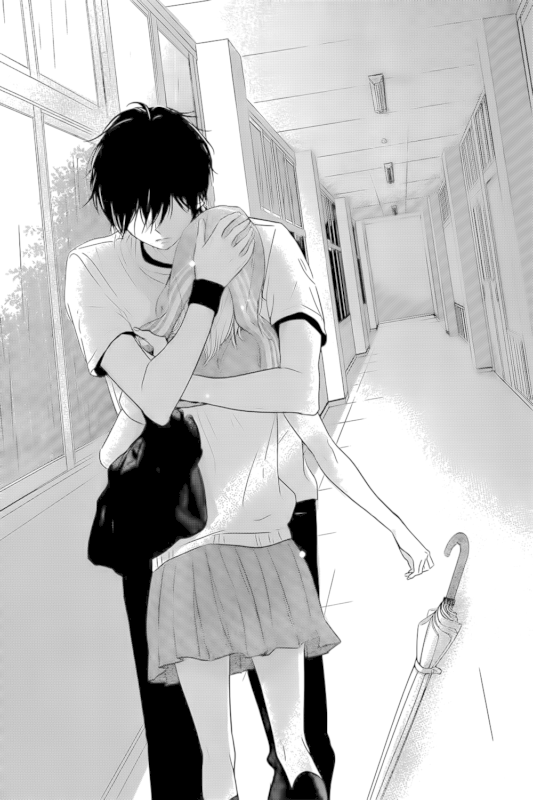 Most studies focus on the benefits of manga reading for women and girls. Manga allows Japanese girls to break from their rigid gender roles. It allows American girls to explore taboo sexualities and different cultural perspectives. However, men see many benefits as well. As I mentioned previously, manga allows boys and men to safely explore feelings of affection, tenderness, and other emotions typically reserved for women. Masculinity in America and in Japan is one dimensional. Society expects men to be go-getters, controllers, and sexual conquerors. Some of the issues in American society concerning homosexual men centers on the idea of sexual conquest. Men are expected to go out and “get” women. Gay men defy this cultural norm. They are seen as being “got” rather than “getting.”
Most studies focus on the benefits of manga reading for women and girls. Manga allows Japanese girls to break from their rigid gender roles. It allows American girls to explore taboo sexualities and different cultural perspectives. However, men see many benefits as well. As I mentioned previously, manga allows boys and men to safely explore feelings of affection, tenderness, and other emotions typically reserved for women. Masculinity in America and in Japan is one dimensional. Society expects men to be go-getters, controllers, and sexual conquerors. Some of the issues in American society concerning homosexual men centers on the idea of sexual conquest. Men are expected to go out and “get” women. Gay men defy this cultural norm. They are seen as being “got” rather than “getting.”
Gender-bending stories such as Ranma 1/2 use comedy to explore the different dimension of masculinity. In the story, a boy becomes a girl whenever he is splashed with cold water. Comedy stories like Ranma 1/2 stimulates the imagination and helps male readers consider other possibilities for manhood.
Manga also breaks the equation American romance has: sex = love, love = sex. Newitz (1995) writes:
Anime offer to the post-sexual revolution generation stories which suggest that young men and women do not need to have sex in order to experience love.
Look at many shonen stories. Male characters often fall in love with female characters, but they never get down to banging like they would in American television. When they finally do, such as in Fullmetal Alchemist Brotherhood, it is off camera, and the story clearly shows the consequences: children. Pregnancy and children are a reoccurring theme in manga sexuality. Fatherhood is lauded, unlike in many–perhaps most–American stories. Goku is a dad. Even the goofiest fathers are still active in the lives of their children. This provides an example for male readers of an alternative to the “dead-beat” dad issue found throughout the United States: fathers who have little or nothing to do with their children. It also contrasts against the Japanese salaryman who is never home because of their work schedules.
Manga provides escapism, titillation, and–most importantly–a different perspective. Sex is a part of the human experience. It is wrapped up in identity, morality, and taboo. Sex will continue to spark controversy and provide a means to explore different culture and gender perspectives.
References
Brienza, C. (2014). Sociological Perspectives on Japanese Manga in America. Sociology Compass. 8 (5) 468-477.
Comog, M. (2005). Non-Western Sexuality Comes to the US: A Crash Course in Manga and Anime for Sexologists. Contemporary Sexuality. 39 (3). 1-6.
Darlington, T. & S. Cooper (2010) The Power of Truth: Gender and Sexuality in Manga. Manga in Depth. 157-172.
Fukada, T. (2010) Child sex in ‘manga’ – art or obscenity?: Graphic but healthy, free speech. The Japan Times
MacWilliams, M. (2008). Japanese Visual Culture 40-42.
Newitz, A. (1995) Magical Girls and Atomic Bomb Sperm: Japanese Animation in America. Film Quarterly. 49 (1). 2-15.
Oder, N. (2006). Manga history pulled from PL. Library Journal, (9). 14.
Ogi, F. (2003). Female Subjectivity and Shoujo (Girls)Manga (Japanese Comics):Shoujo in Ladies’ Comics and Young Ladies’ Comics. Journal Of Popular Culture, 36(4), 780.
Zanghellini A. (2009). ‘Boys love’ in anime and manga: Japanese subcultural product and its end users. Journal of Media & Cultural Studies 23(3) 279-294.
Zanghellini, A. (2009). Underage Sex and Romance in Japanese Homoerotic Manga in Anime. Social & Legal Studies. 18 (2). 159-177.
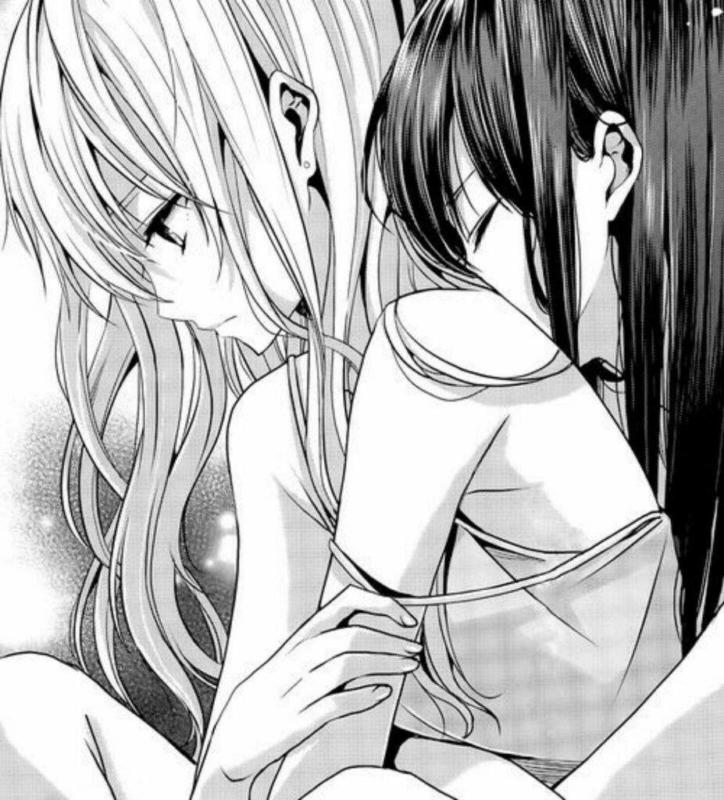
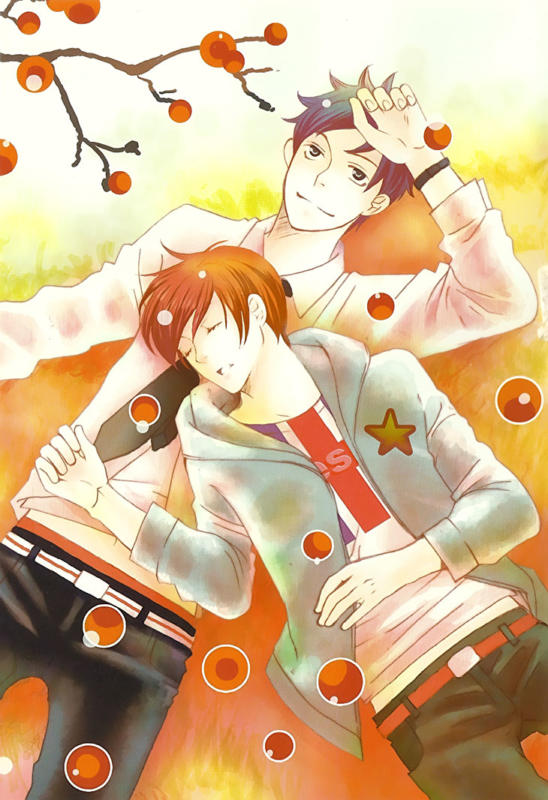

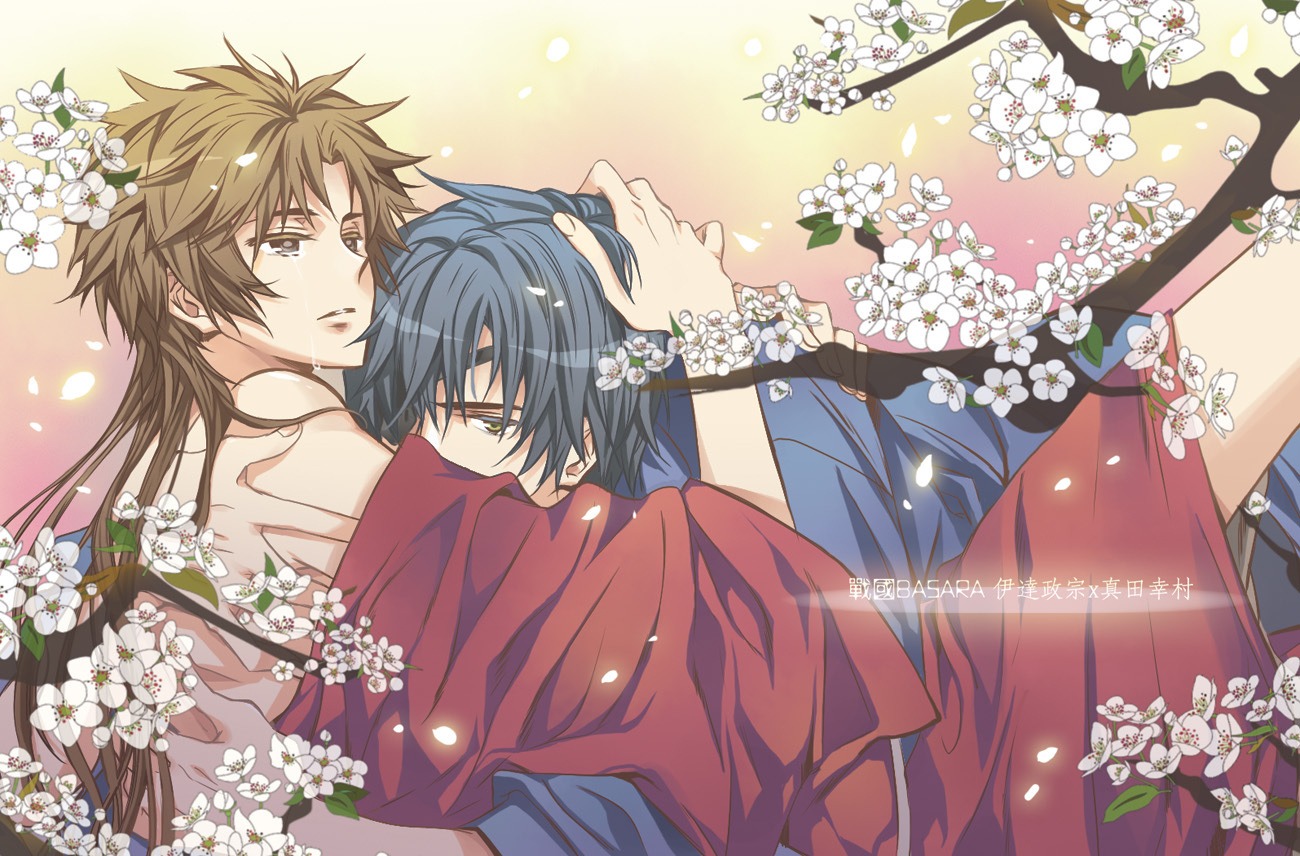
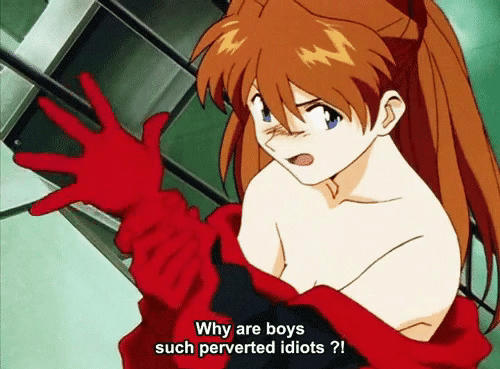
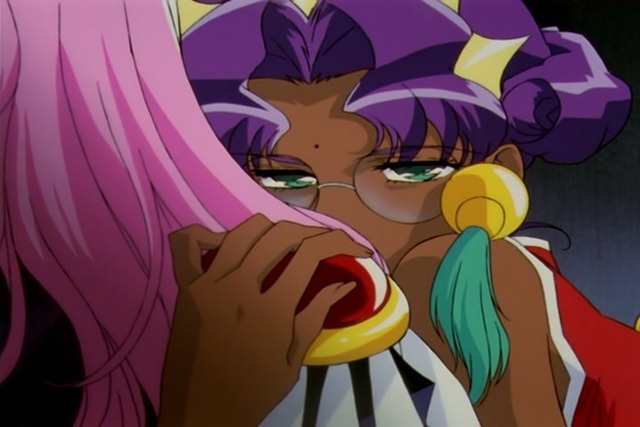
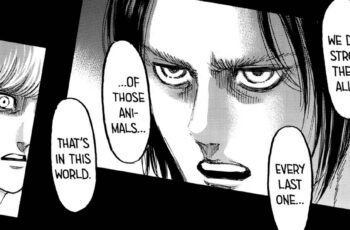

Another great piece of research and information for the fans to consider.
Thank you.
Another informative article and very neutral as always. My contention is that young people explore and devour this content without knowing the cultural underpinnings. It is good that you write objectively and provide reliable information for continued study.
Many people consume media without giving it thought, whether the media is from their home country, Hollywood, or Japan. It’s tough to step outside and consider the whys and hows surrounding what we see everyday. I’m glad you enjoyed the article.
The image chosen to illustrate BL is from an Otome game turned anime, Kamigami no Asobi. While it certainly has fanservice aimed at Fujoshi, the series (sadly) was not remotely BL.
Thanks for the heads up. While I’ve seen yaoi-esque fan fiction surrounding the anime, you’re right. I mislead when I use the image. I changed the image to a scene from Count H.